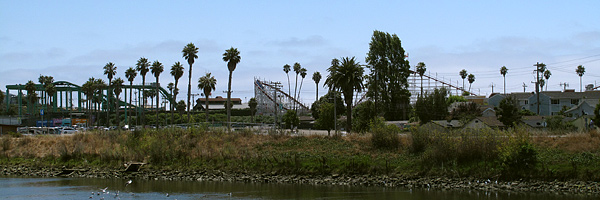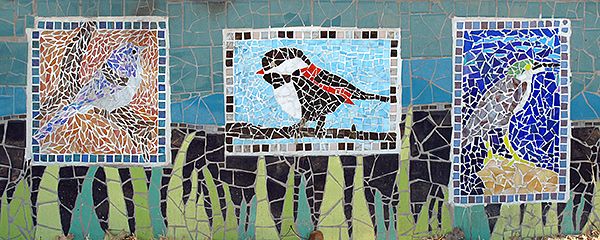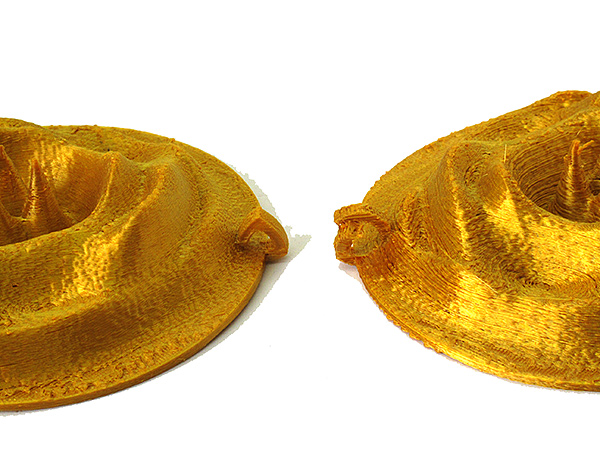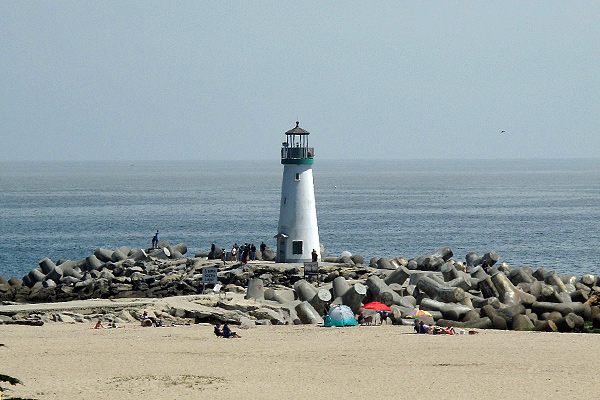On Tuesday this week, my wife and I took a short walk from Secret Walks & Staircases in Santa Cruz, by Debbie Bulger and Richard Stover. We’ve been doing one walk per section before repeating a section, and the only section we had not done yet was the Riverwalk, so we did the lower Riverwalk loop. For once, we did not need to rotate the walk, but could start it at the official start.

Quite recently, the pedestrian bridge over the San Lorenzo River was given decorative “gate” (which you can’t actually walk under) to commemorate what used to be a Chinatown in Santa Cruz. This is where the walk officially starts.

The uprights of the gate have two bronze plaques—one gives a little history of the Chinatown.

The other plaque explains the symbolism of the gate and its construction.

This is the back side of the dragon gate.

The water in the river was about as low as I have seen it—we were probably at low tide, and there is not much fresh-water flow with the drought this year.

One reason my wife does not like walking on the Riverwalk is the enormous number of homeless encampments. The biggest one is on the benchlands below the the government center and does not really encroach on the walk, but there are smaller ones like this one.

The Soquel Avenue bridge is not very decorative from above (despite some nice mosaics by the local middle school), but the sculpting of the piers is rather nice.

The backs of the buildings on Pacific Avenue are more attractive from across the river than they are up close.

This house on East Cliff has a rather impressive retaining wall holding up the cliff.

The Santa Cruz Beach Boardwalk amusement park is somewhat attractive from across the river.

Here is another view of the Boardwalk, showing also the railway trestle that has a pedestrian path across the river.

There were many egrets along the edges of the river, probably enjoying the wading at low tide. I took a lot of pictures, but mostly they birds were too far away for me to get good shots with only a 5× zoom.
One small error in the book (on p. 129) is that the authors put the intersection of Third and Leibrandt streets on the wrong side of the Riverside Avenue bridge. We were also unable to find the marker they mentioned showing the height of the 1955 flood, though there were a few places where plaques had obviously been removed.

On the city side of the river, coming back to the dragon gate, there are a lot of mosaics of different birds. I believe that these mosaics (like the ones on the bridges) were done by the local middle school.

There are also a number of mosaics of aquatic life.
My wife did not enjoy this walk as much as the others—mainly because of the homeless encampments. The loop itself is 1.6 miles, but we had a 1.5-mile walk to the start (detouring to deposit a check at an ATM) and a 1.6-mile walk home (detouring to get groceries and to pick up a New York Times as Bookshop Santa Cruz), so our total walk was 4.7 miles.




























